It was ninety-five years ago in 1928 that British Physicist Paul Dirac first suggested the possibility of a form of anti-electron, that is an electron with a positive rather than a negative electrical charge. The idea did not attract much attention until four years later in 1932 when Physicist Carl Anderson, who knew nothing about Dirac’s prediction, discovered just such a positively charged electron in the cosmic rays he was studying. In the years that followed many of the particles that physicists studied were found to have an opposite, anti-particle. Soon the whole ensemble was being referred to as Anti-Matter.
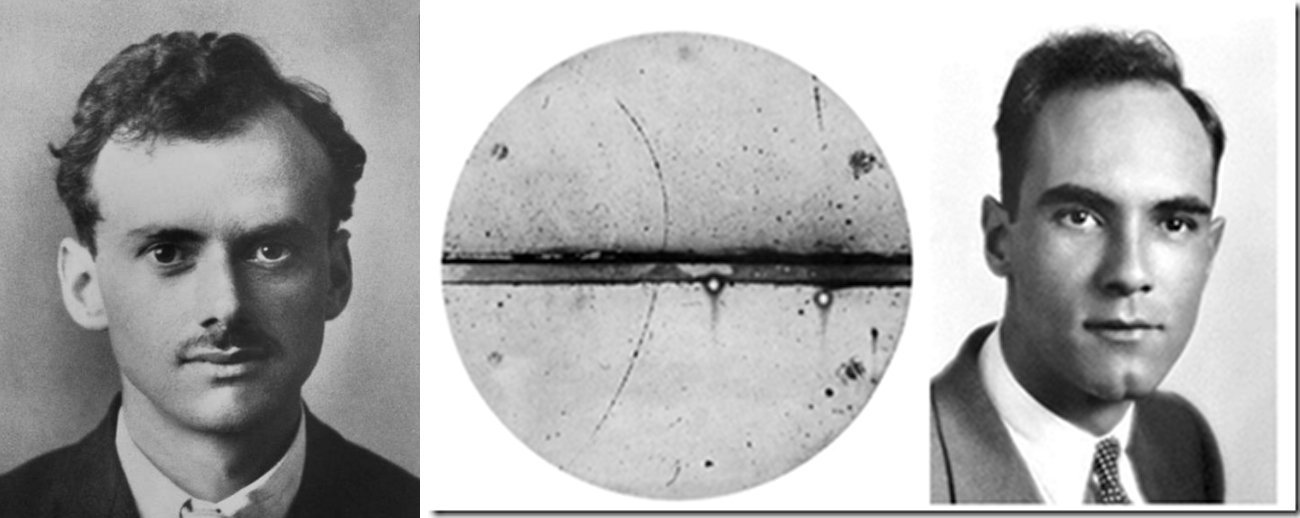
As I said above anti-particles have the opposite electric charge of their ‘normal’ counterparts, so when exposed to an electro-magnetic field they always behave in exactly the opposite way as their matter counterpart does. This led physicist Richard Feynman to suggest in 1949 that anti particles could be described as normal particles going backward in time. If such a thing were real however, then wouldn’t anti-matter behave in the opposite way that matter does in a gravitational field as well? Shouldn’t anti-matter go upward in Earth’s gravitational field?
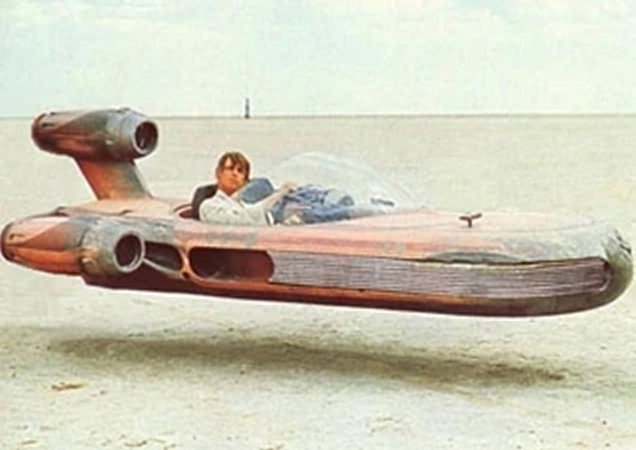
It’s not that easy to determine how anti-matter behaves in a gravitational field. You see anti-particles annihilate instantly as soon as they come into contact with their particle counterpart, so they usually only last a tiny fraction of a second. Plus, since they are generated in high-energy collisions, in particle accelerators or cosmic rays, they are moving at close to the speed of light. Combined that makes it all but impossible to measure the tiny effect of gravity on anti-particles.
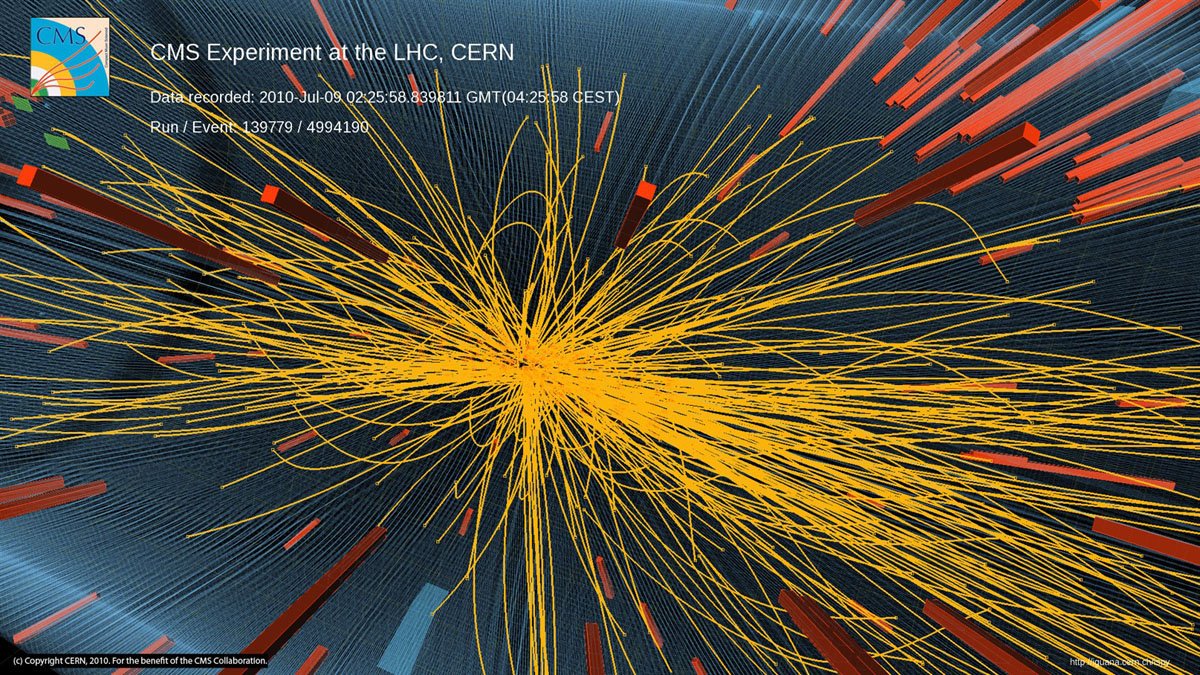
If anti-matter did possess anti-gravity however that would be a tremendous discovery, and not only just because anti-gravity is something people have wondered about, written about for hundreds of years. You see all of the models of particle physics we have tell us that the Universe should contain exactly the same amount of anti-matter as it does matter. In fact back in the big bang matter and anti-matter should have been created in exactly equal amounts and then quickly annihilated each other leaving a Universe of only particles of light.
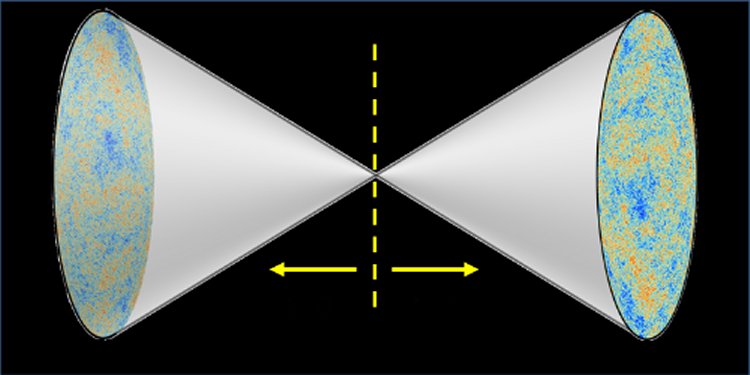
As far as we can tell however our Universe is almost entirely composed of matter, certainly our galaxy is only matter. If it wasn’t we would detect the telltale signs of matter anti-matter annihilation in the interstellar medium. We feel the same about other galaxies as well. For example if Andromeda were composed of anti-matter then the tiny amount of gas and dust between Andromeda and our Milky Way would again show the signs of annihilation.
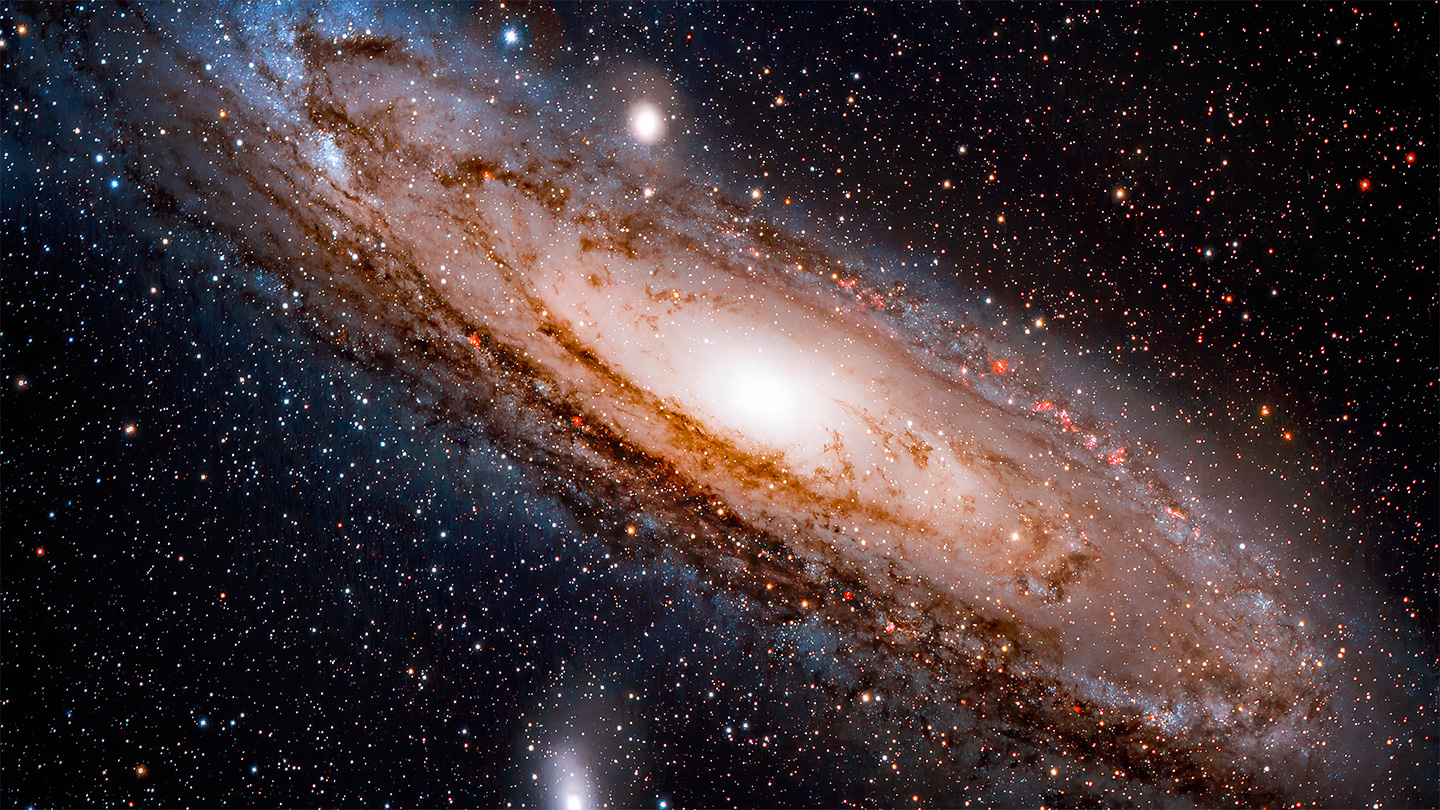
If anti-matter had anti-gravity however then it would be repulsed by matter, eventually matter and anti-matter would segregate into a Universe and an anti-Universe. However, any kind of Anti-gravity would violate Einstein’s principal of equivalence, which is the basis for his General Theory of Relativity. But maybe the equivalence principal just doesn’t hold when you mix matter and anti-matter.
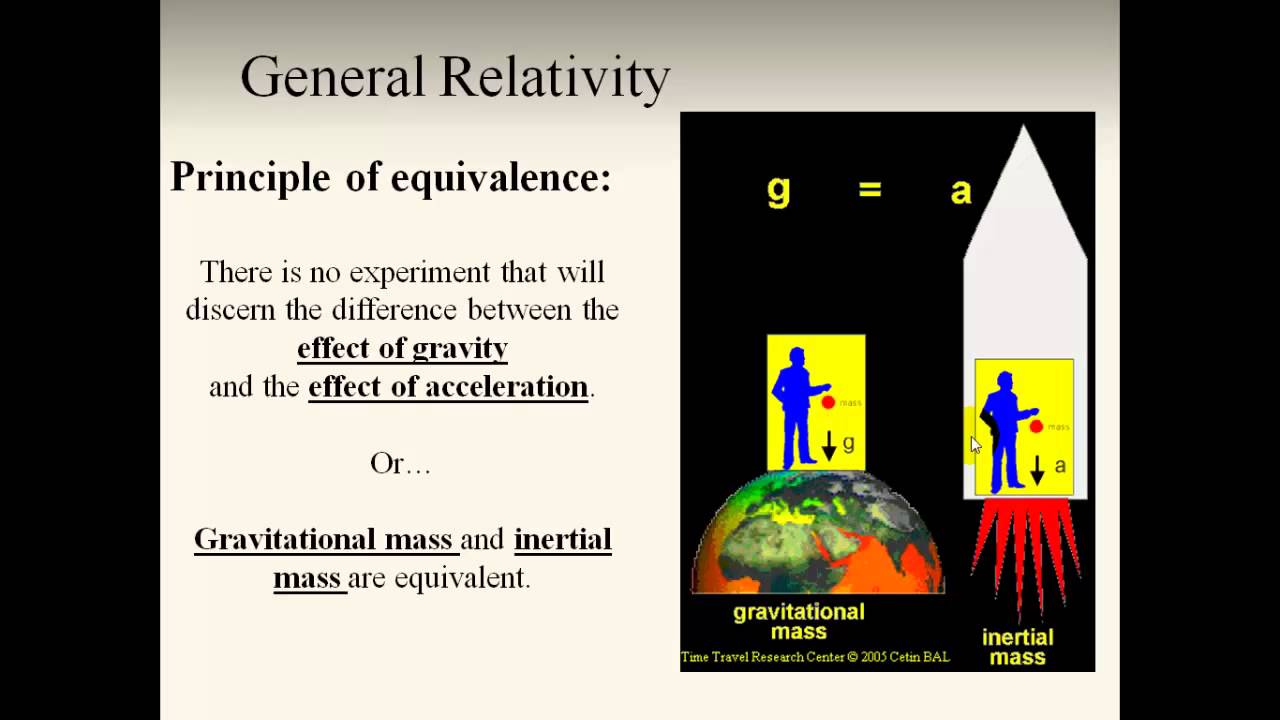
So physicists have long wanted to find out, did anti-matter have anti-gravity? As I said above it’s not an easy experiment to carry out. First you’d need a lot of anti-particles. Then you’d have to slow down your anti-particles, all while keeping them in a vacuum so that they don’t come into contact with, and annihilate normal particles. You also have the problem of the electric charge of the anti-particles because you see the electromagnetic field is so much stronger than gravity that even a refrigerator magnet, or the potential of a 9-volt battery would be enough to completely ruin your measurement. Combining charged anti-particles to form neutral anti-atoms would be the best way to solve that problem, but again, easier said than done.
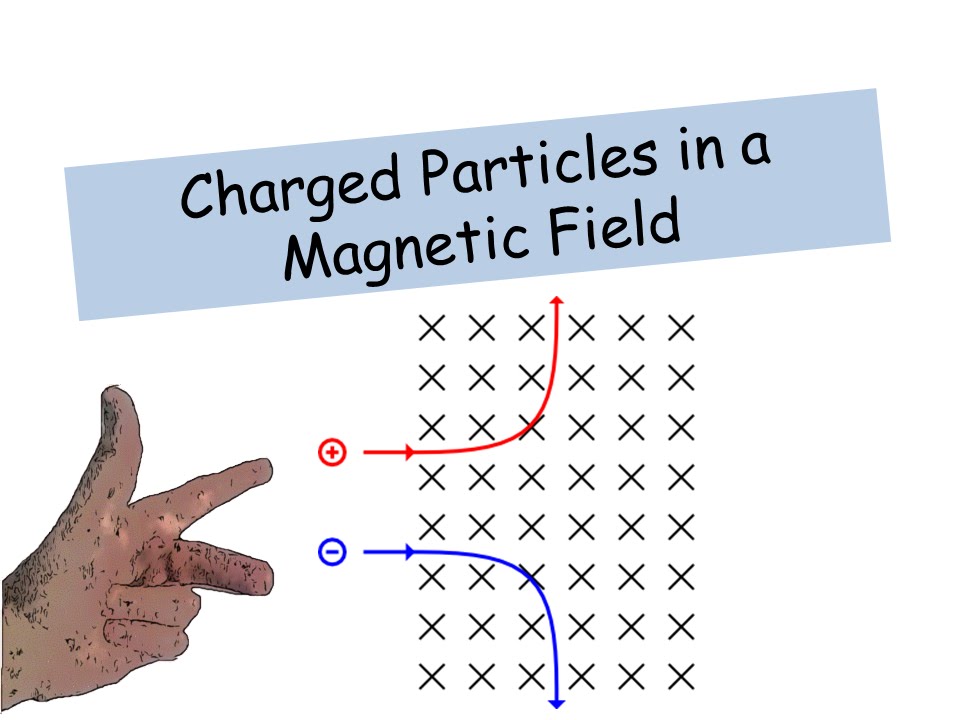
The best place to find anti-particles is at a particle accelerator, like the Large Hadron Collider (LHC) at CERN, the largest, most powerful atom smasher in the world currently. That makes CERN the best place in the world to try to measure the effect of gravity on anti-matter and Physicist Jeffery Hangst has spent the last thirty years designing and building the experiment to make that measurement.
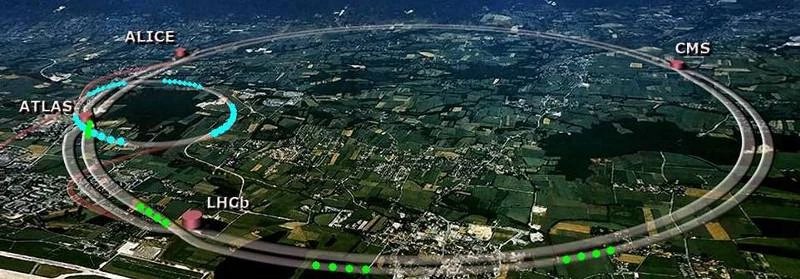
One of the pieces of equipment they’ve built at CERN to accompany the LHC is the Extra-Low-ENergy-Anti-proton (ELENA) ring that is capable of delivering about seven and a half million anti-protons every 120 seconds while the LHC is operating. About half a million of those are successfully captured in a solenoid magnet, I said handling anti-particles wasn’t easy.

After being captured the anti-protons are cooled and injected into a device named the ALPHA-g where they are combined with anti-electrons, the two combine to form electrically neutral atoms of anti-hydrogen. These atoms are then cooled further to about four degrees above absolute zero. At the end of this operation only about one hundred anti-atoms remain to be tested, like I said anti-matter isn’t easy to handle.

Once cooling is completed the magnet field confining the anti-hydrogen atoms is turned off allowing them to either fall or rise due to Earth’s gravitational field. Which direction the anti-atoms went was ascertained by detecting the annihilation of the anti-atoms with normal atoms in plugs positioned above and below the containment solenoid.

To make certain of the result the experiment was repeated a dozen times but each test showed the same result, anti-hydrogen, and hence anti-protons and anti-electrons fall in Earth’s gravitational field. Anti-matter dos not possess anti-gravity but the measurement did suggest that anti-matter falls more slowly than normal matter, only 75% as fast. The errors in the experiment are so large however that anti-matter falling at exactly the same rate as normal matter cannot be ruled out. The physicists at CERN are planning further experiments, and further refinements of their experiment to measure more accurately just how fast anti-matter does fall.
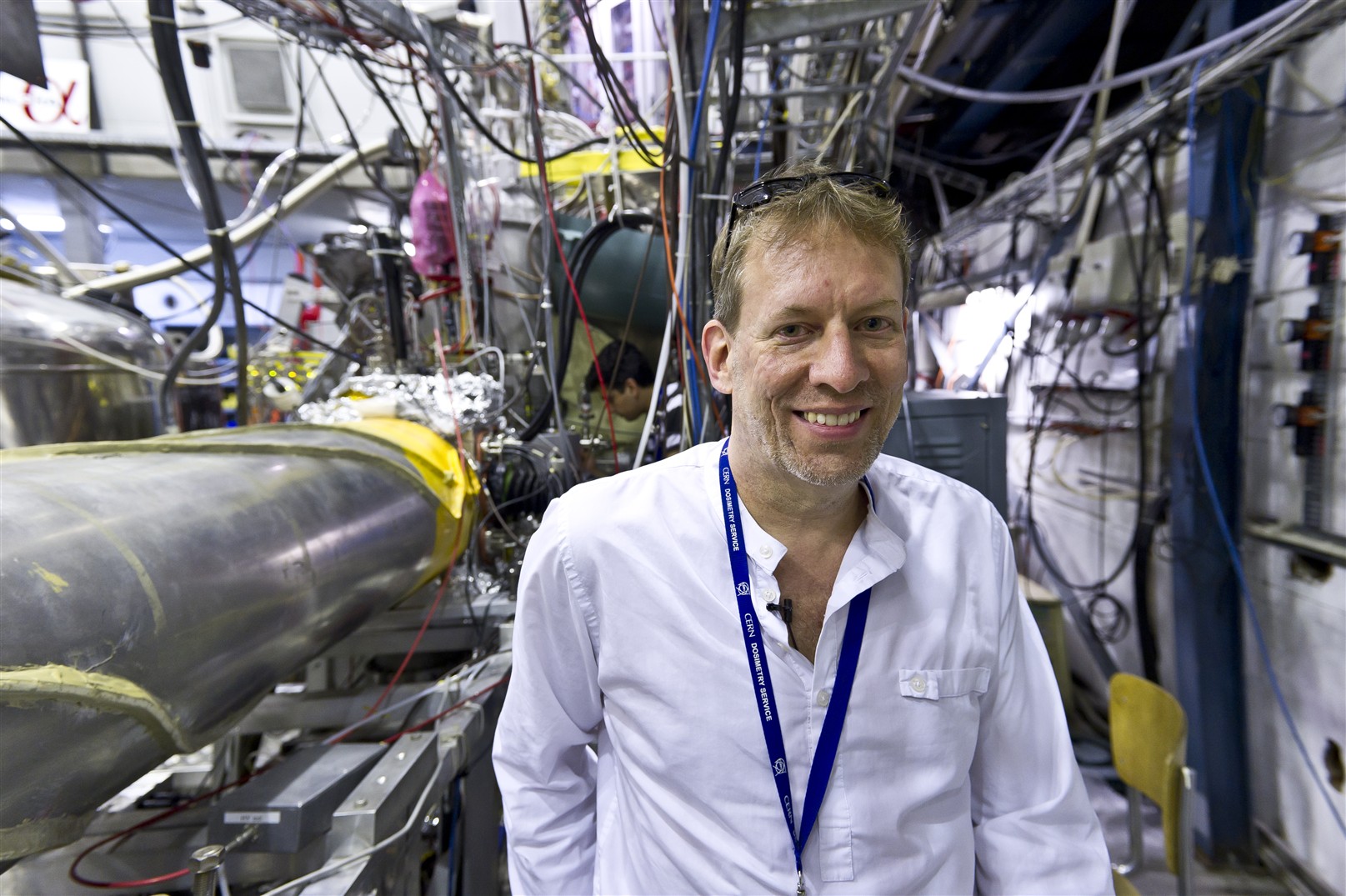
If anti-matter does fall more slowly than matter that would still violate the Principal of Equivalence and any difference would still be a clue as to why anti-matter is so rare in our Universe. But for now at least we finally know that anti-matter does not possess anti-gravity. A shame really, that would have been so cool!
